Study at CUEB丨From Mekong to Beijing: Chang Si, a Laotian Student’s Study Journey
Editor Notes: With increasing efforts in global education, CUEB is attracting more and more international students, fostering a multicultural campus while promoting academic exchanges and cross-cultural communication. Since the 5th Party Congress of CUEB, international cooperation and exchanges have been increasing for the “Silk Road Program”. More international students have shared their experiences here, so the Publicity Department and the International College of CUEB have jointly reported on their campus life as a way to advance international education to a new height.
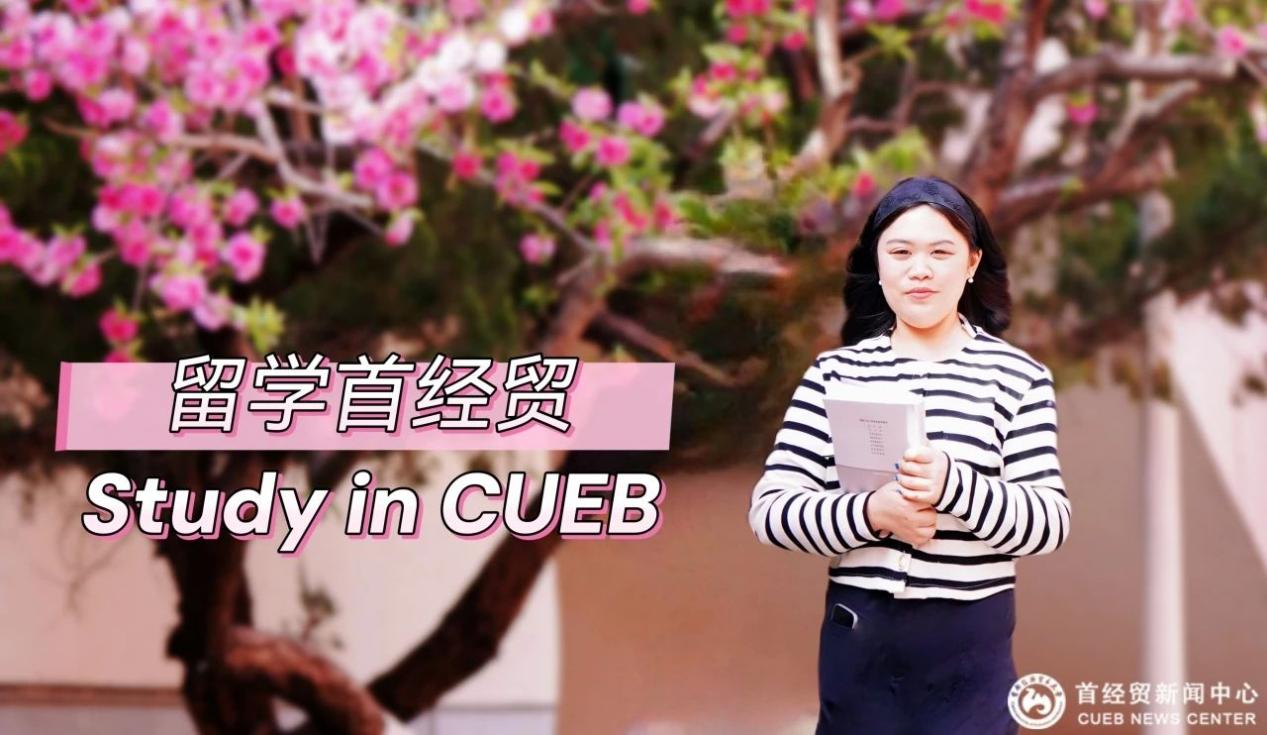
Chang Si,
an international graduate from Laos,
now is majoring in International Trade.
The girl from Laos,
attracted by the development of high-speed railway
and the magnificent Palace Museum of China,
set out from Vientiane, the capital of Laos,
carrying a tubular woven bag (traditional Lao handwoven) made by her mother
to Beijing brimming with opportunities.
Wearing the Laos National Flag badge,
Chang Si pasted a Chinese panda tag on her luggage,
yearning for a cross-cultural interaction between China and Laos in her young days.
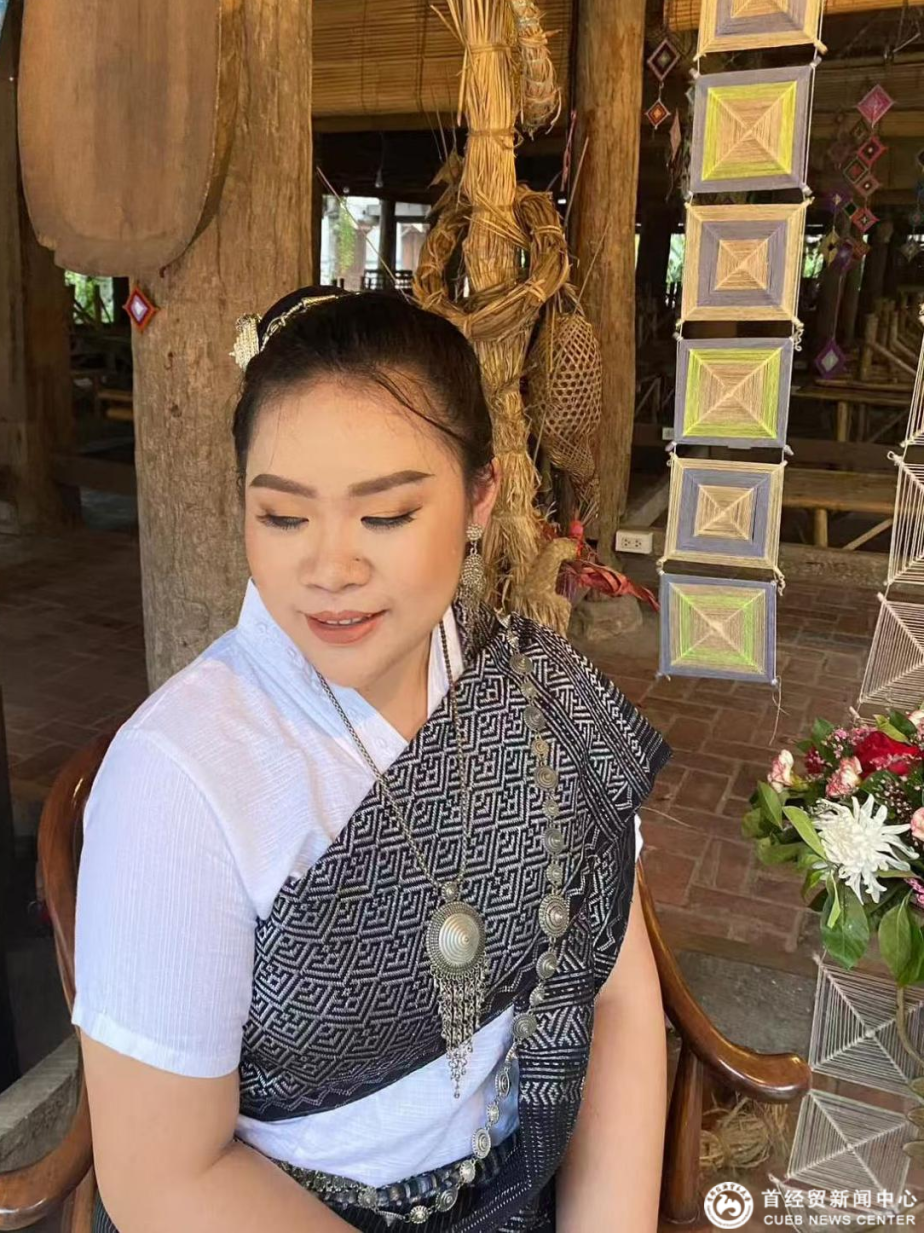
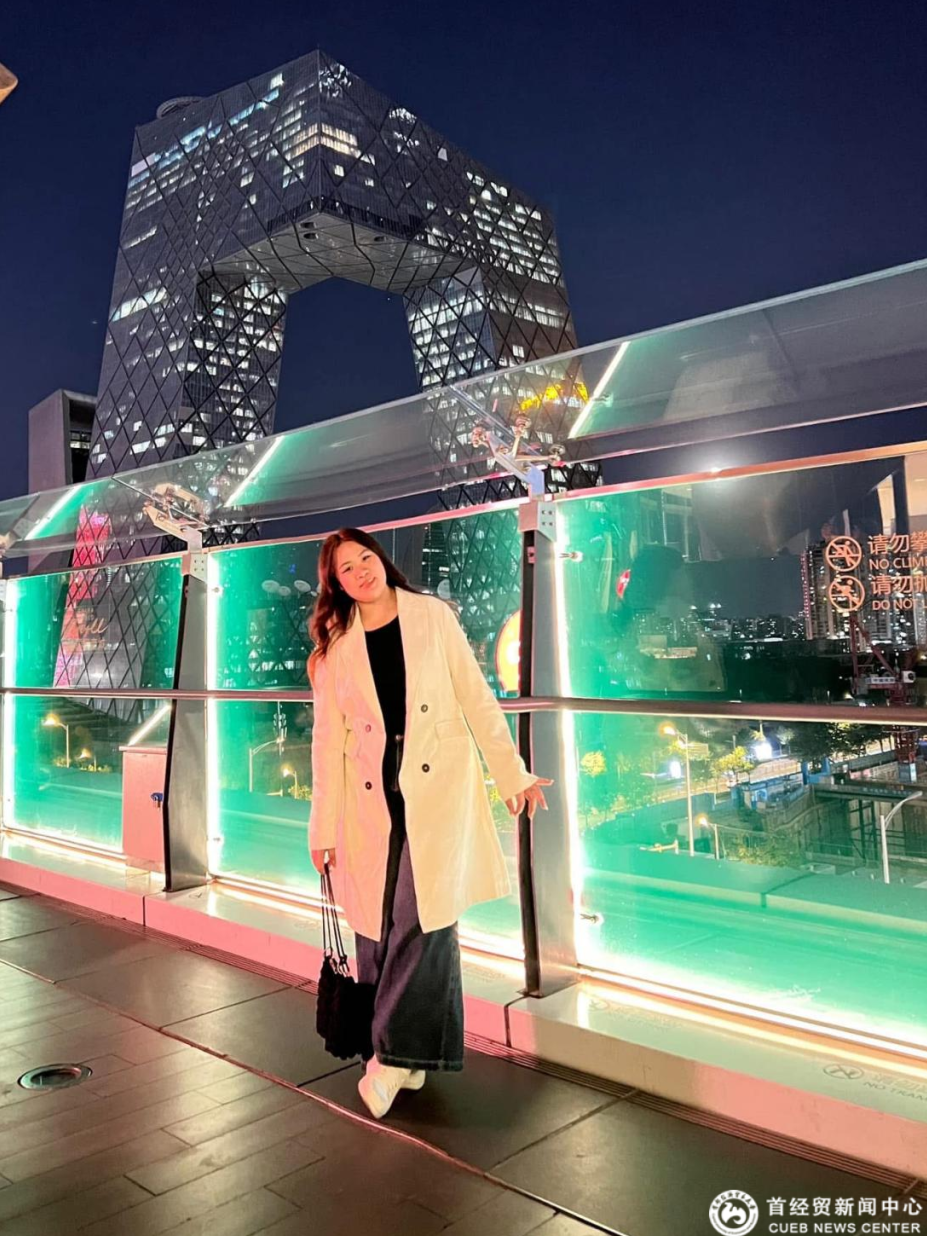
“People in Beijing do live a fast-paced life!
Here they walk at a fast pace,
and the subway runs speeds along!”
Living at a slow pace in her past life in Laos,
the girl felt the fast pulse of this city.
Now she lives at a fast pace here,
and adapts her life to her study goals,
expecting her life in the future.
Chang Si also enjoys the colorful life on campus,
appreciating schoolmates at different galas at the university.
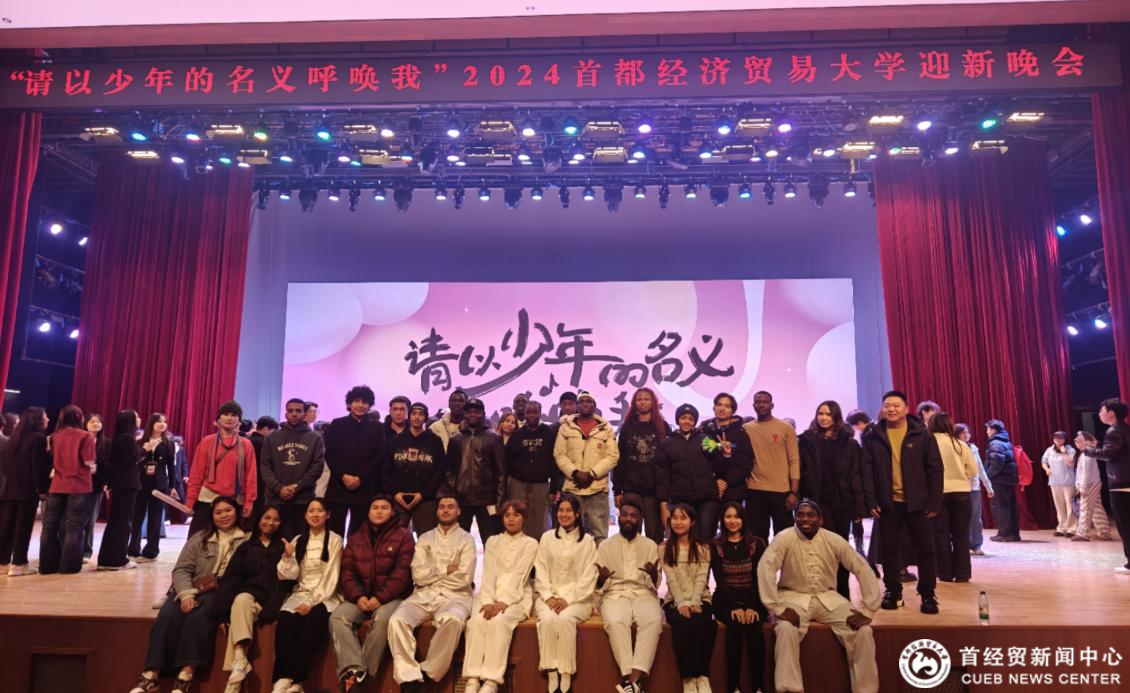
At the welcome party for new students,
Chang Si met Zhao Yijie, a girl from China,
Ali, from Somalia,
and Luo Xi from East Timor……
They started their conversation with the differences among cultures.
“Except extending greetings,
what are the differences between Lao Nop (traditional greeting with palms pressed together in Laos) and shaking hands in China?”
Their friendship began with exchanges like these.
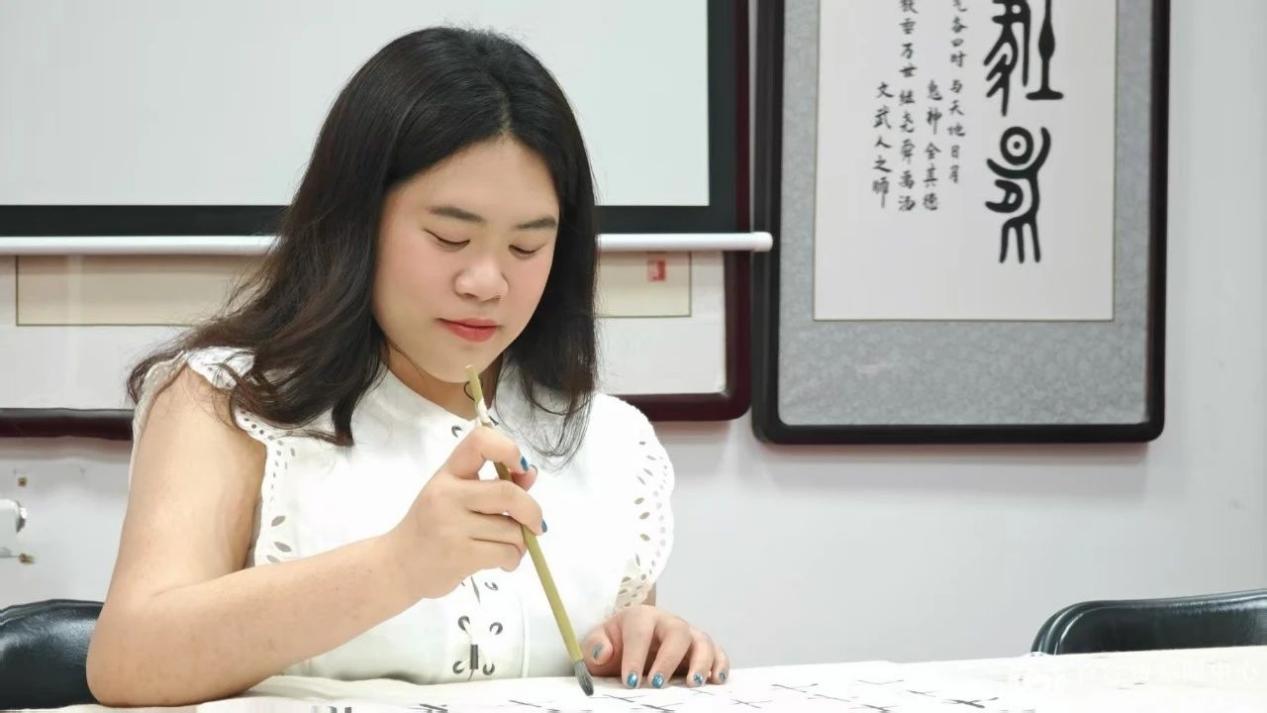
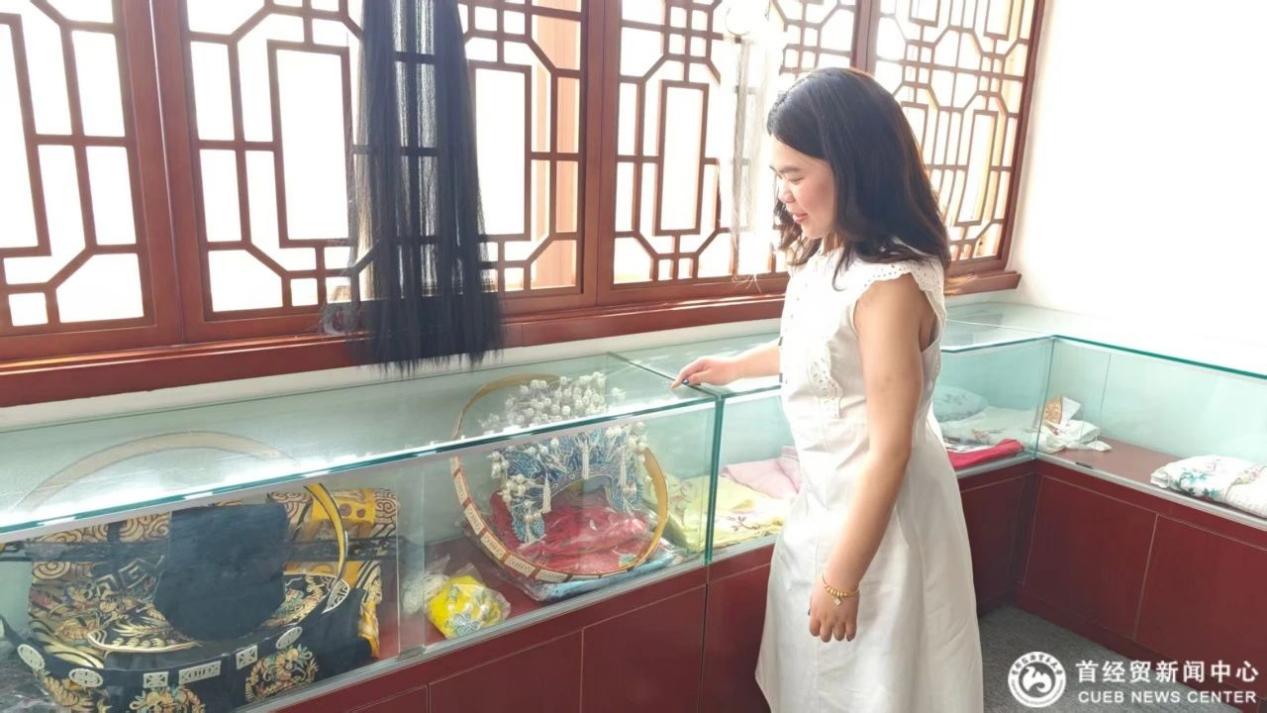
Besides,
the sharing of food is one of the most interesting things between two cultures.
In 2024, during the Mid-Autumn Festival,
Yan Huihui, a native girl in Beijing, who is a friend of Chang Si,
invited her to spend the Mid-Autumn Festival at home.
As she put the glutinous rice dough into the mooncake mold,
Yan’s mum said jokingly,
“Are you making a ‘Lao-filled’ mooncake?”
Amidst the laughter,
Chang told Yan a renowned Laotian folktale in a mix of Chinese, English, and Lao. At that moment, she realized that
the “Moon Fairy Festival” in Laos is like China’s Mid-Autumn Festival,
both carrying similar best wishes.

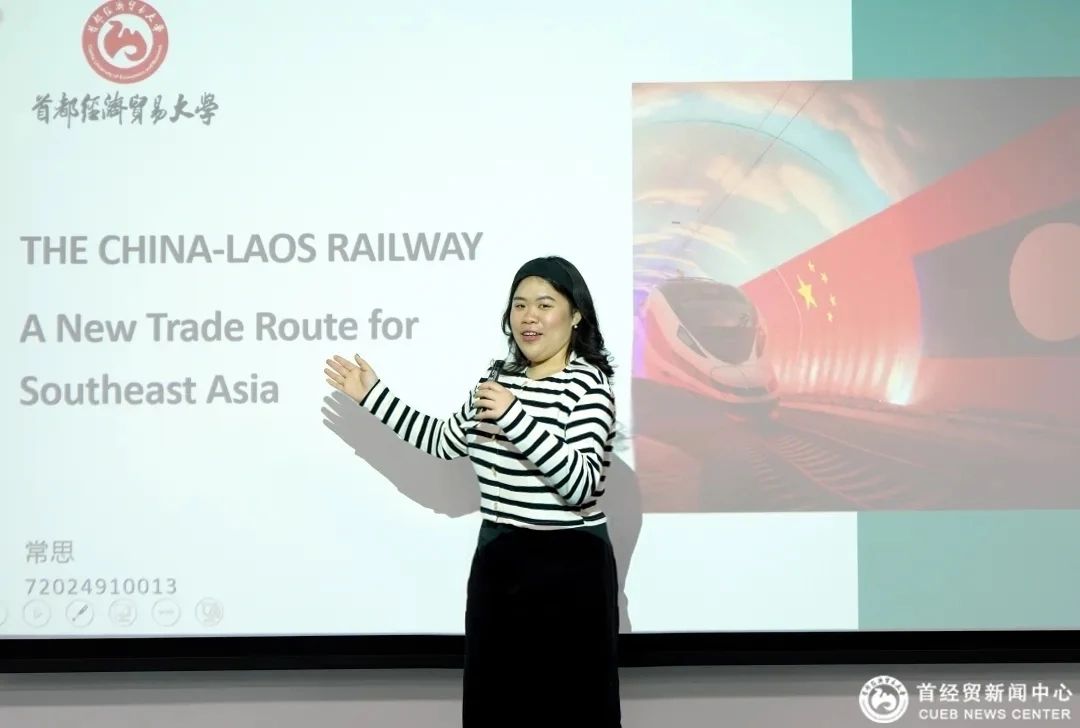
At CUEB,
Chang Si evolved
from struggling with the language barrier to sparkling at cross-cultural communication.
At first, she often fell behind in class.
Her classmates usually helped her.
After continuous efforts,
Chang Si has made great progress.
Now she can fluently deliver a report in Chinese on “The Impact of the China-Laos Railway on Cross-Border Trade” in public.
The big applause for Chang Si was not only a recognition of her efforts,
but a reflection of the friendship between the two countries as well.
Studying in Beijing, far from home,
she encountered many challenges,
But with the help of teachers at the School of International Education,
Chang Si found life and study more manageable.
“Don’t worry, I’ve reviewed the documents for you, and they’re fine.”
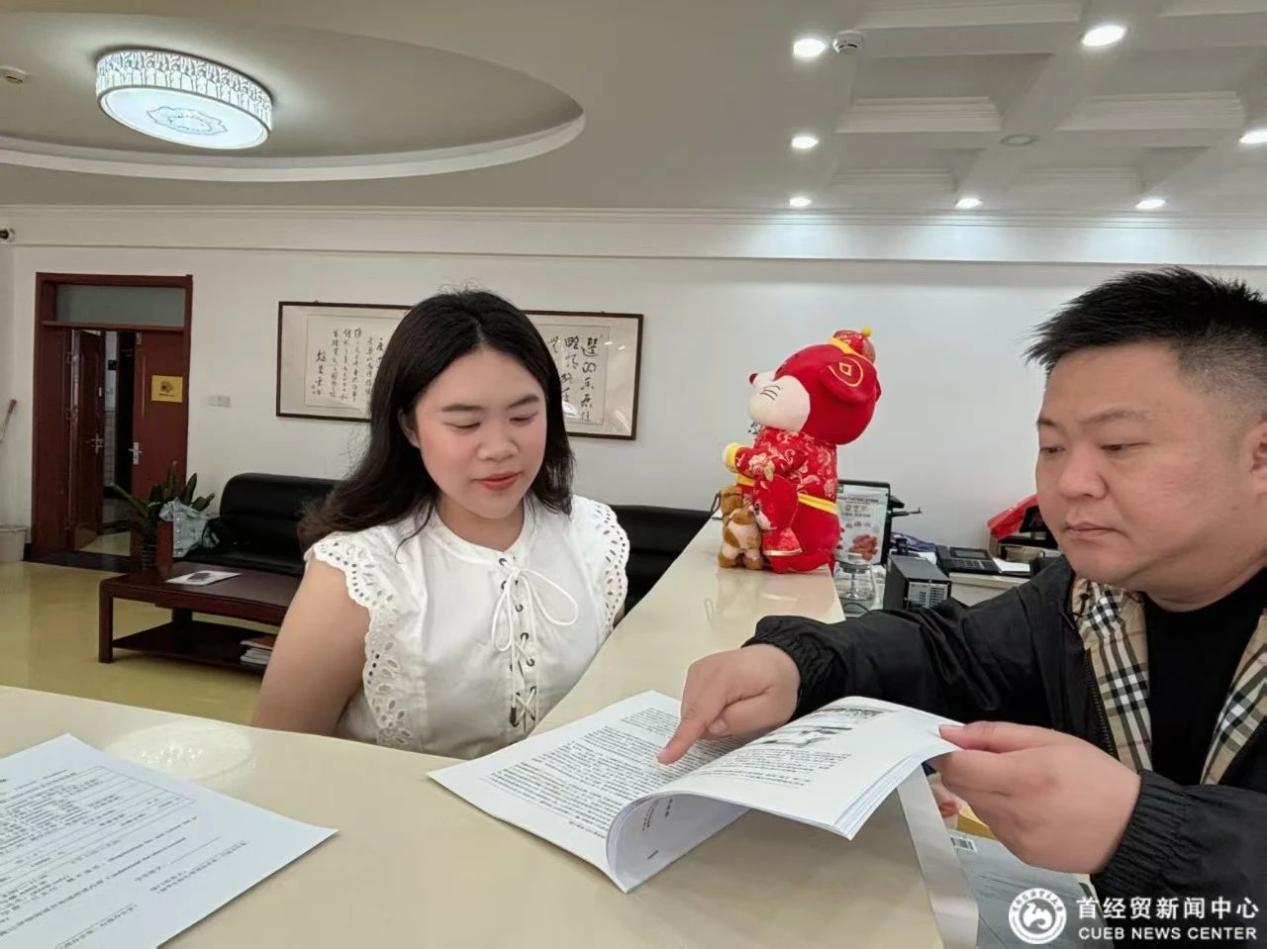
Chinese tutoring, career development support,
and vibrant cultural activities are integral elements that enrich her international study experience.
Now,
Beijing has become Chang Si’s second hometown.
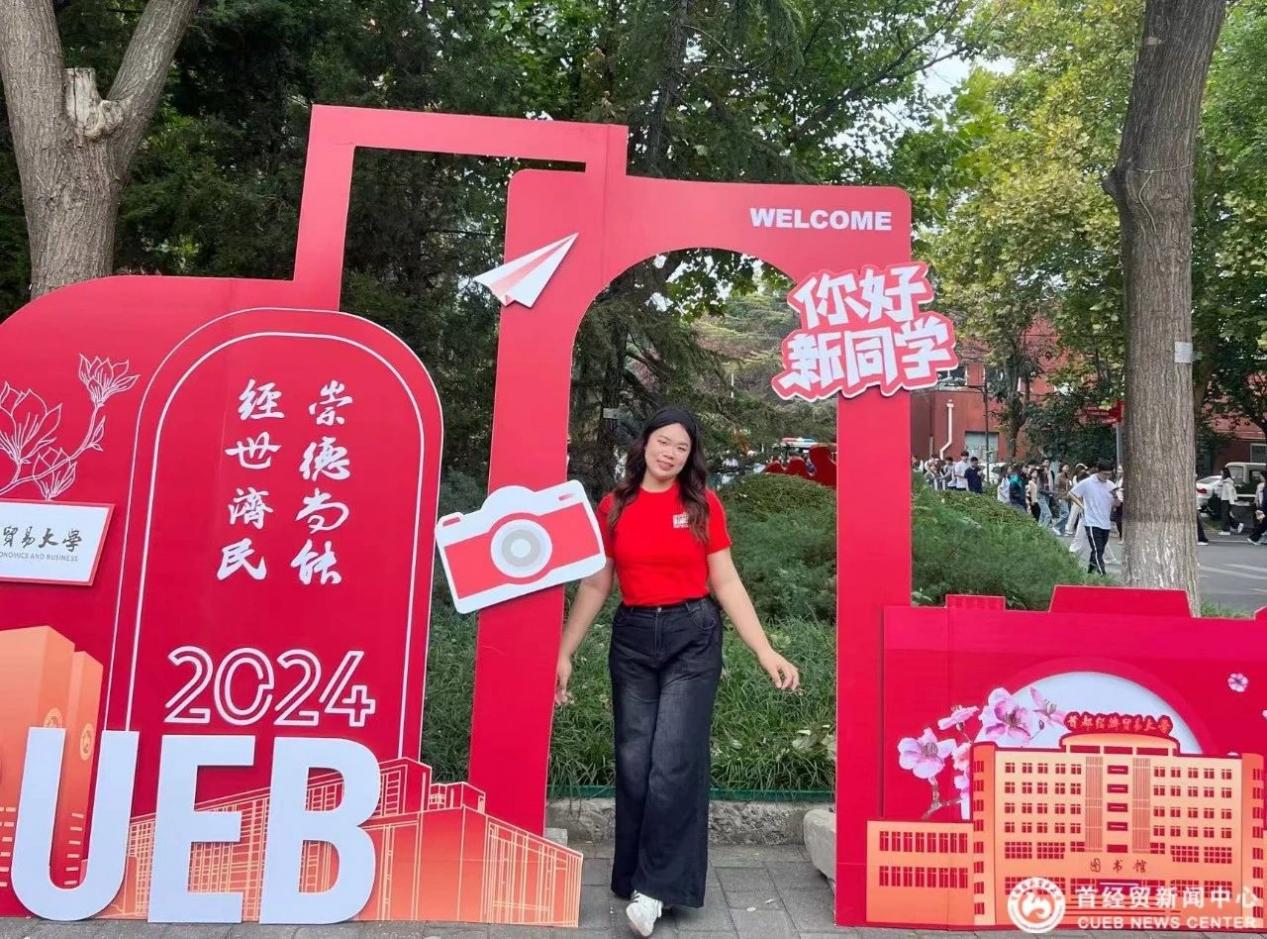
From Laos to China, over 2,700 kilometers does not make her feel a sense of distance
to become an envoy of China-Laos trade and cultural exchange.
Chang Si realizes that internationalization means exchange and communication among different cultures.
“Civilizations exchange through diversity,
mutually learn through exchanges,
and develop through mutual learning.”
In the future, we believe that more international youths like Chang Si
will be willing to join hands
to help promote a better world.
HOT NEWS
- 1 Study at CUEB丨From Mekong to Beijing: Chang Si, a Laotian Student’s St...
- 2 Study at CUEB丨From Mekong to Beijing: Chang Si, a Laotian Student’s St...
- 3 CBD Blue Book: CUEB’s Excellent Conclusion of Key Project Supported by...
- CUEB Library: A Treasure Trove
- ASEAN International Education Cooperation: Member of Party Standing Co...
